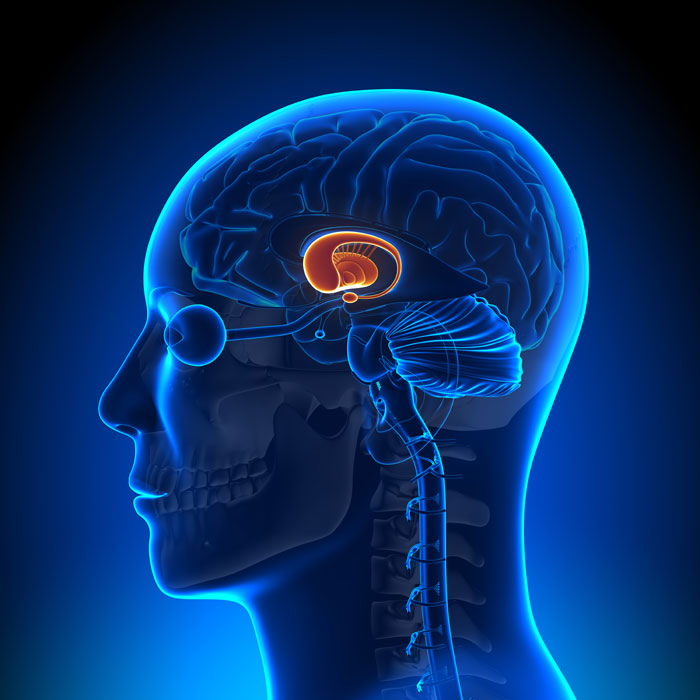
25th September 2019 AI-discovered therapy announced by Deep Genomics The Canadian company Deep Genomics has announced that its AI-based drug discovery platform identified both a target and drug candidate for Wilson's disease. This candidate is designed to fix a genetic mutation affecting the copper-binding protein ATP7B.
Deep Genomics, founded in 2015, develops automated systems and machine learning algorithms to generate billions of datapoints, which are used to accelerate all steps of drug discovery and development – including target discovery, lead optimisation, toxicity assessment and innovative trial design. Today, the company announced that its proprietary AI-based platform has identified both a novel new treatment target and corresponding drug candidate for Wilson's disease, a rare, serious, and fatal-if-untreated genetic disorder. The disease can be caused by several different mutations that lead to loss of a protein required for copper transport (ATP7B). Without the necessary protein, copper is improperly regulated in the body and accumulates at toxic levels in the liver and central nervous system. "This is an important milestone for patients affected by Wilson's disease and it represents a significant advance in the drug discovery community more broadly," said Brendan Frey, founder and CEO of Deep Genomics. "Within 18 months of initiating our target discovery effort, we identified a prevalent and targetable genetic variant, the chemical properties needed in a molecule to target the variant, and a compound that warrants further investigation. We are delighted to be in a position to nominate the first ever AI-discovered therapeutic candidate and are eager to move it rapidly into the clinic for the potential benefit of patients." Deep Genomics will develop the candidate, DG12P1, for the treatment of patients with Wilson's disease who harbour a genetic variant that impairs the body's ability to remove copper. The disease affects one in every 30,000 people worldwide and, if left untreated, can cause life-threatening organ damage.
"Researchers have struggled for two decades, without success, to understand the mechanism of this genetic variant that causes Wilson's disease," explained Frederick Askari, PhD, a specialist in molecular genetics at the University of Michigan. "The clarity that this artificial intelligence platform has brought to the scientific community is astounding and the potential of a therapy that could operate at the genomic level to correct the disease process is exciting. Patients can now have hope that a therapy may be developed that will recapitulate normal gene function and make their copper problems go away." DG12P1 was designed to correct the exon-skipping effect of Met645Arg, a genetic mutation that affects the copper-binding protein ATP7B. By analysing hundreds of millions of data points, the AI was able to predict and confirm the precise disease-causing mechanism of this mutation, identifying a clear therapeutic target. The platform was then used to identify 12 lead candidates, out of thousands of potential compounds. After tolerability experiments, Deep Genomics declared DG12P1 as the ideal candidate to advance toward drug development. In a subsequent analysis, Deep Genomics' AI platform was able to rapidly identify two additional variants that can cause Wilson's disease. These potential therapeutic targets are currently being experimentally confirmed. "Our expectation is that going forward, Deep Genomics' platform will enable them to go from known target, to first patient dosed in less than half the time of the industry standard, and they may be able to do this even faster with subsequent programs," said Arthur Levin, PhD, a member of the company's Strategic Advisory Board. "This is truly unprecedented and opens the door to a smarter, faster, and vastly more efficient means of identifying viable drug candidates for a host of diseases. Developing new therapeutics is full of unknowns, but I am certain that we are witnessing a new era of drug discovery."
Comments »
If you enjoyed this article, please consider sharing it:
|








